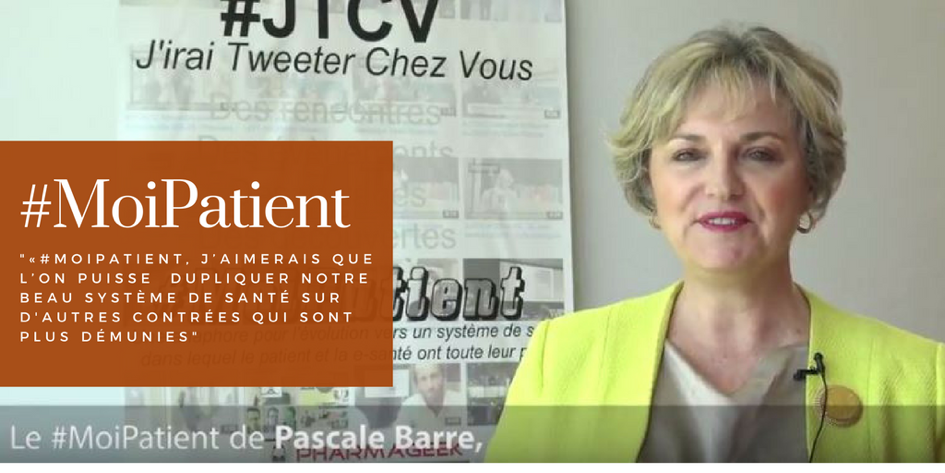Boost your patient engagement via social media and e-newsletters
03/10/2014Santé numérique : le Big Data et l’analytique en tête des investissements
03/10/2014Boost your patient engagement via social media and e-newsletters
Patient engagement is an essential part of health care. This is especially true of eye care, because early symptoms of many ocular diseases are often detected only by the patient.
The growing use of social media platforms such as Facebook, Twitter, and Tumblr has made it easier for doctors to interact with their patients, facilitating prevention and early diagnosis.
Some doctors have built thriving online communities around their clinics and services. Here are four ways you can use social media outlets to increase your patient engagement:
Write a blog or an email newsletter to keep patients informed about common eye problems.
Knowledge and information are the progenitors of prevention and early diagnosis. Patients who are better informed about how the eye functions and how common problems develop will be more likely to recognize symptoms and discuss them with their eye doctor.
This enables ophthalmologists to treat problems early in order to prevent further damage to the patient’s eye, making clear vision a possibility for many more years.
Utilize blogging and microblogging sites like Tumblr and Twitter to keep patients informed about common eye problems and advances in ocular technology. Most important, stay relevant. For example, during summer you could write about the effects of UV rays on the eyes and why sunglasses are important to eye health. July is eye injury prevention month, so throughout the month you could include content related to that topic.
Inform patients about current deals and offers via Facebook, Twitter, and e-mail.
Many people access their social media accounts via apps on their cell phones. Because cell phone apps often alert users to messages, tweets, and tags, these are often the most direct means of contacting patients. Use your e-newsletter and social media outlets to inform patients about any deals and services you are offering. You can use text alerts to remind patients about upcoming appointments.
Use Twitter Cards and QR codes to drive social media traffic to your website.
Consisting of up to four pictures and 140 characters, Twitter Cards are great tools for directing traffic from Twitter to your website or blog, where people can receive more information about the services and specialists available at your practice. Twitter Cards can also be used to advertise deals, services, or new technology you might be offering. They are great tools for providing small, digestible amounts of information while enabling users to investigate further.
Similar to Twitter Cards are QR codes, such as those frequently seen on print advertising; these are excellent tools for driving traffic from one medium to another. Cell phones apps scan printed QR codes and then direct users to a specific site, such as a website, or a Twitter or Facebook feed. Only so much information can be conveyed on a small, printed advertisement, which is why QR codes are so useful. QR codes bridge print and electronic media by instantaneously giving people access to further information about your practice.
Use analytics programs to optimize your influence on social media.
Free analytics programs, such as those offered by Twitter, provide detailed information about the influence and effectiveness of users’ Tweets and Twitter cards. Tumblr also provides users with analytics about their posts and followers, although to a less-detailed extent. In many ways, social media can function as free advertising. Analytics programs allow you to capitalize on this by increasing awareness about your practice and the services offered.
Manage your online reputation with Google+ and other patient review services.
Word-of-mouth marketing is an incredible tool for expanding your customer base. Review sites are the modern means for people to share their thoughts and experiences. Health-specific websites such as Vitals, ZocDoc, and Healthgrades enable patients to search for local specialists and review their experience with specific doctors.
Many people check review sites such as these before making an appointment, so it is important to have as many good reviews as possible. Read these reviews and heed customers’ feedback in order to continue to improve your practice and, in turn, your ratings. Google Places combines all your reviews into one easily accessible place, so check these sites frequently.
Social media is a powerful tool for reaching out to people. It is easier now than it has ever been to gather and share information. Although this is often applied to our personal lives, health care professionals can use social media’s networking capabilities to increase their patient engagement and online reputation, increasing awareness, prevention, and early diagnosis.
Source: www.healthcarecommunication.com




